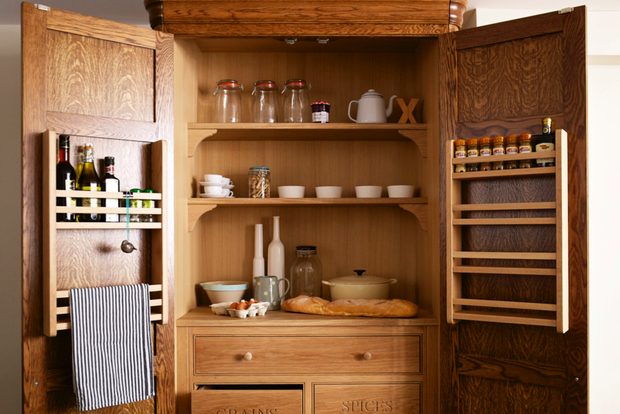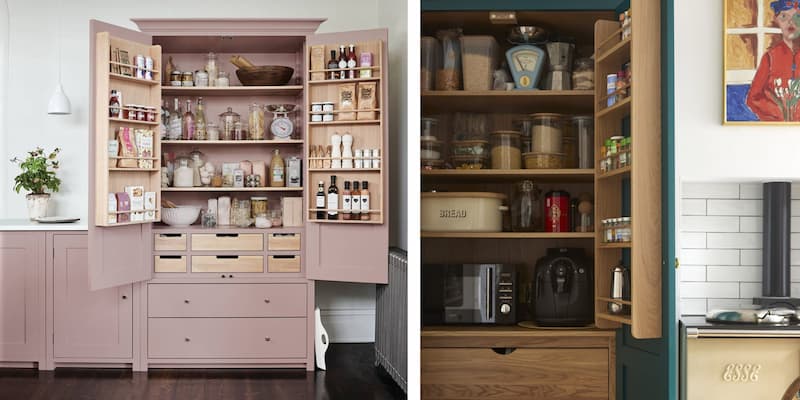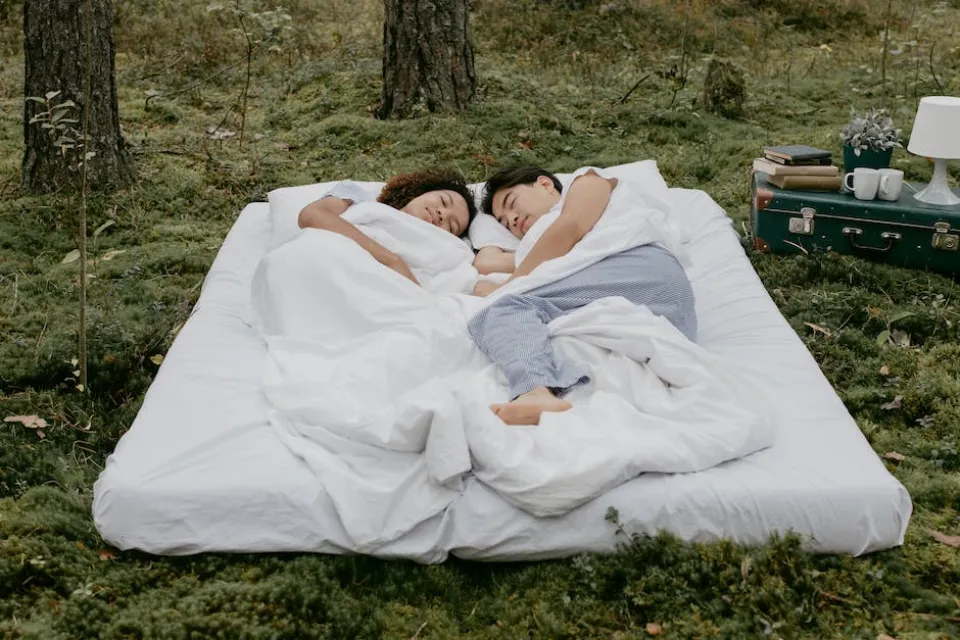A larder is a cool area for storing food prior to use. It was originally the place where raw meat was larded—covered in fat—to be preserved. The phrase had broadened by the 18th century. Pastries, milk, butter, bread, and cooked meats were now kept in a dry larder. Before the widespread use of the refrigerator, larders were a common fixture in homes.
The purpose of stone larders was to keep food cold during the hottest weather. The shelves were two or three inches thick and made of slate or marble. These shelves were hammered into solid stone walls. Fish or vegetables were placed directly on the shelves, covered with muslin, or surrounded by a layer of wet rushes.
Please continue reading the post to see more specific information that I will present.
What Is A Larder?
It’s the archaic European word for the American “pantry.”” A larder was first mentioned in 1305 and was used to keep people fed for 600 years, or until the invention of the home refrigerator in 1913. Cold larders, which are essentially large, frequently walk-in cupboards for storing food, rely on adjustable vents that open to the outside of the house to naturally cool the temperature and air out food products. Although it would be difficult to locate them in the United States, cold pantries are still common in Europe, where many people hold the opinion that modern refrigeration changes the flavor of meats and cheeses.
What Is A Pantry?
Usually found in or close to the kitchen, a pantry is a small space or large cupboard. Shelf-stable food storage, drinks, and kitchenware (crockery and cutlery) are all facilitated by this. a smaller version of a larder known as a pantry.
The word ‘pantry’ comes from Latin panis (bread). The fundamental concept was a storage closet or cabinet. The pantry in affluent medieval homes served as a bread storage cabinet. Given that they were positioned in the room where meals were served, the finer cabinets had intricate carvings. The pantry’s function had been expanded to include all types of food by the seventeenth century. It shrank into a cramped, chilly space next to the kitchen. Unfinished cooked foods like pies, roast meat, and other cooked foods were kept there to be served the following day. The pantry was the butler’s responsibility in large households. In the nineteenth century, this position gave rise to the butler’s pantry.
Suggested reading: So, does a bedroom have to have a closet? Below will tell you what makes a bedroom a bedroom. Surprise! The answer to this question is not that simple. In order to share our research with you here, we conducted a little investigation. Keep reading.

Difference Between Larder & Pantry
Definition
A pantry is a small room or a big cupboard to store food, drinks, crockery, and cutlery, while a larder is a cool, dry place to store food.
Size
A larder typically has more space than a pantry. Typically, a pantry is just a big cupboard or a small room.
Type Of Food
For storing larded meat, game, raw meat, and vegetables, larders were frequently used, whereas pantries were used for pies, bread, and roasted meat.
Storage
Moreover, while pantries also hold kitchenware in addition to food, larders were traditionally used to store food.
See more about What Is A Mews?
The Bottom Line
A cool space (room, cupboard, etc.) is called a larder.) for storing food prior to use. This is where raw meat used to be larded in the past. That refers to slathering meat in fat to preserve it. Before refrigerators were invented, larders were widely used in western households.
In the past, meat was preserved by being cooked just enough to soften it, and then being covered in lard until it was required. Typically, dried meat was kept out of the damp. Larded meat, raw meat, game, and vegetables were kept in a wet larder. Grain chests, dry fruits, and some kinds of cheeses were kept in a dry larder.
Larders are airy, dry, and cool. They were typically constructed on the side of the house that receives less direct sunlight, or the side that is shaded. Furthermore, none of the adjacent walls had fireplaces. A fine mesh was usually used to cover the window openings of larders, which typically had small, unglazed windows. This permitted free circulation while keeping flies and other insects out.
Finally, I want to thank you for reading.



